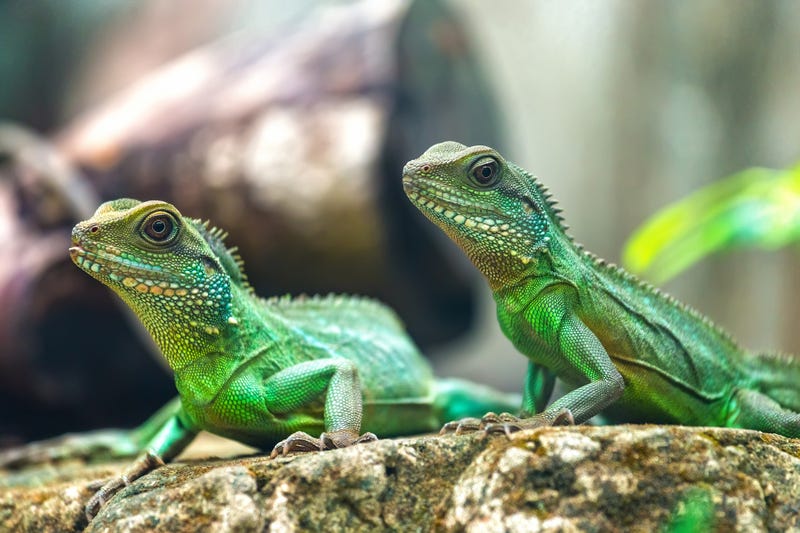
The world of science has been turned upside-down -- all thanks to a fossil that had been collecting dust in a cupboard.
The specimen had been in storage at the Natural History Museum in London, where it was first collected in the 1950s.
Turns out, the fossil proves that modern lizards arrived in the Late Triassic period, rather than the Middle Jurassic -- some 35 million years earlier than previously thought.
Dr David Whiteside, who led the research team, called the fossil "one of the most important found in the last few decades."
The fossil was part of several specimens obtained from a quarry near Tortworth in Gloucestershire, South West England in 1953. The technology didn't exist then to expose its contemporary features.
As a modern-type lizard, the new fossil impacts all estimates of the origin of lizards and snakes, a group of reptiles called the squamates, and affects assumptions about their rates of evolution and even the key trigger for the origin of the group.
The team named their incredible discovery Cryptovaranoides microlanius, which means "small butcher," in tribute to its jaws that were filled with sharp-edged slicing teeth.
Whiteside explained: "I first spotted the specimen in a cupboard full of Clevosaurus fossils in the storerooms of the Natural History Museum in London where I am a Scientific Associate. This was a common enough fossil reptile, a close relative of the New Zealand Tuatara that is the only survivor of the group, the Rhynchocephalia, that split from the squamates over 240 million years ago."
Whiteside said the specimen was simply labeled "Clevosaurus and one other reptile."
"As we continued to investigate the specimen, we became more and more convinced that it was actually more closely related to modern day lizards than the Tuatara group," he said. "We made X-ray scans of the fossils at the University, and this enabled us to reconstruct the fossil in three dimensions, and to see all the tiny bones that were hidden inside the rock."
Scientists believe the species would have lived in cracks in limestone on small islands that existed around Bristol at the time, and it would have preyed on arthropods and small vertebrates, such as insects, spiders, centipedes, worms and snails.
"Our fossil shifts the origin and diversification of squamates back from the Middle Jurassic to the Late Triassic," said co-author Professor Mike Benton.
Benton explained that this was a time of major restructuring of ecosystems on land, with origins of new plant groups, new kinds of insects, and some of the first of modern groups such as turtles, crocodilians, dinosaurs, and mammals.
"It seems these new plants and animals came on the scene as part of a major rebuilding of life on Earth after the end-Permian mass extinction 252 million years ago," he said.
The findings of the study were published in the journal Science Advances.
LISTEN on the Audacy App
Sign up and follow Audacy
Facebook | Twitter | Instagram

